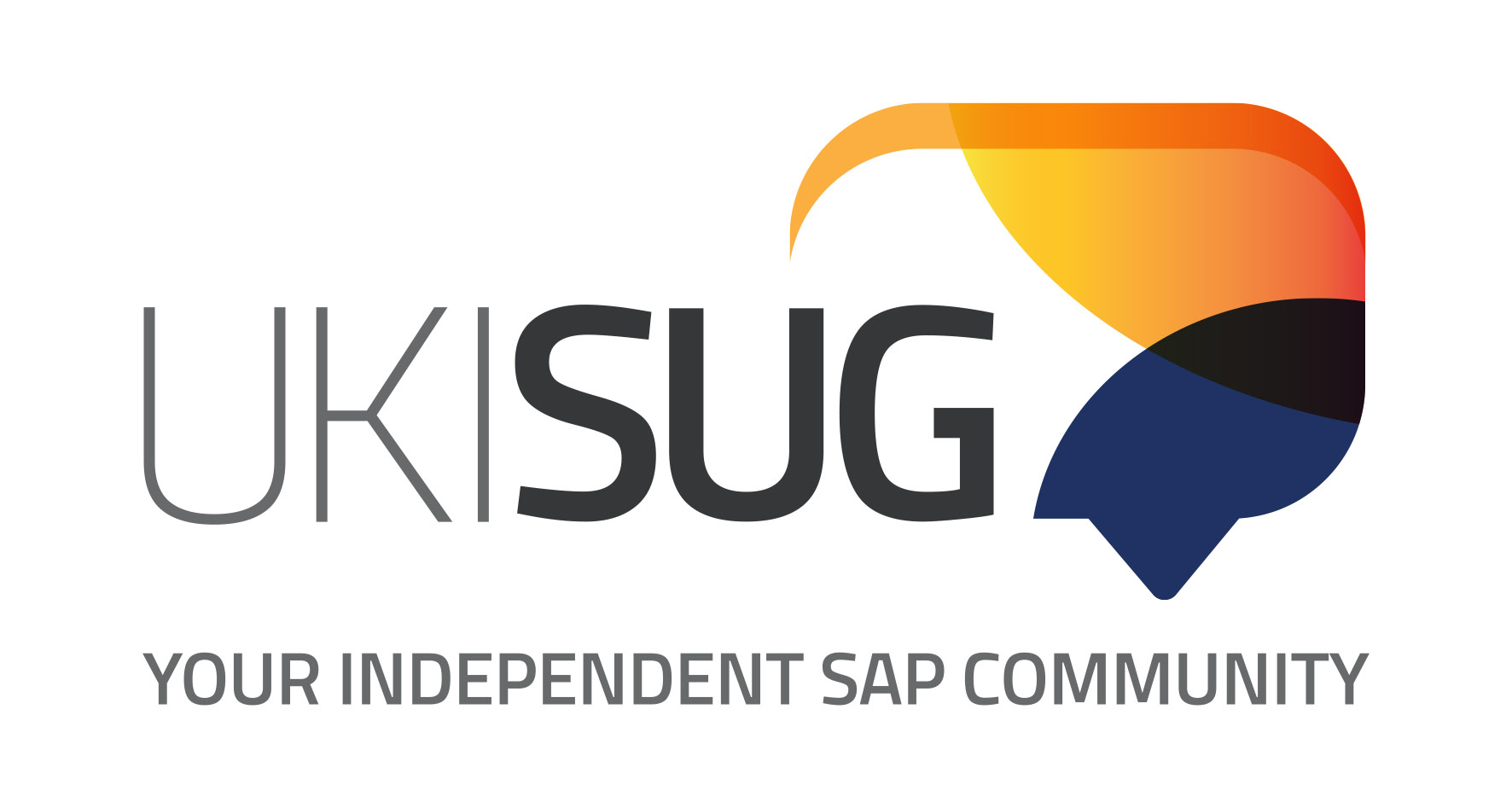SAP S/4HANA Cloud Migration for Payroll & HR

Introduction
Migrating to cloud-based payroll and core HR systems is more than just a technical upgrade. It's a strategic imperative aligning business processes with the future of work. As businesses expand and regulations evolve, the need for a future-ready payroll solution has never been more critical.
Cloud systems offer unmatched scalability, security, and efficiency. However, migrating complex payroll and HR systems requires careful planning, and a deep understanding of the unique challenges and opportunities it presents.
In this blog, we share insights from two Strada experts:
-
James Kell, Business Consultant: Specialising in compliance, operational impact, and strategic planning.
-
Francisco Gutierrez, Product Architecture: Focused on system architecture, security, and database migration.
Together, they provide critical insights and real-world advice to guide you through a successful SAP Payroll and Core HR cloud migration.
Why are companies moving to S/4 HANA cloud?
James (Business Consultant): The biggest drivers are SAP deadlines of ERP Central Component (ECC) end of support and technological agility. SAP has confirmed the end of support by 2030. Regulatory landscapes are also shifting constantly. Cloud-based solutions reduce compliance risks by enabling seamless updates. Additionally, workforce flexibility has transformed the way businesses operate. With more remote employees and global teams, payroll processes must be streamlined across multiple regions—something cloud-based systems can efficiently handle. They ensure seamless operations without heavy IT overhead, offering organisations the opportunity to simplify, standardise and economise their payroll operations while investing in futureproof technology.
Francisco (Product Architecture): From a technical perspective, scalability and security are key. On-premise systems demand significant IT investments, servers, updates, and cybersecurity measures. Cloud solutions like SAP S/4 HANA Cloud Edition eliminate these burdens, offering automated updates, real-time encryption, and built-in disaster recovery, safeguarding data against cyber threats.
Key challenges in payroll & core HR cloud migration
James (Business Consultant): Compliance is one of the most critical challenges. Different regions have different regulations and ensuring accuracy is essential. Even a minor misconfiguration can lead to incorrect tax filings or processing errors, resulting in delayed payments or penalties. Preparing HR and payroll teams for the migration is also crucial. Resistance to change can undermine the success of the Cloud migration, so organisations must be ready to tackle the challenge head-on.
Francisco (Product Architecture): Data migration complexity is a major hurdle. Many payroll databases contain decades of historical records or custom configuration—some stored in outdated formats or across different systems. Ensuring this data remains accurate, consistent, and secure is crucial. Additionally, payroll isn’t a standalone function. It’s deeply connected with finance, HR, and benefits systems. If integrations aren’t mapped correctly, companies risk delays and disruptions, impacting compliance and employee trust.
Ensuring a seamless cloud migration
James (Business Consultant): HR, finance, and IT teams must work together to ensure a smooth transition and avoid last-minute surprises. Early collaboration reduces friction and accelerates adoption. Second, A strong change management workstream will guide, train and support HR and payroll teams through the transition, ensuring their buy-in, imparting the requisite skills and reducing internal resistance. Moving to the cloud is an opportunity to simplify your processes and ensure they’re properly documented. Lifting and shifting old ways of working into the latest technology is not advisable. Getting your processes right from day one improves compliance, sets clear roles and responsibilities and can reduce processing time by eliminating workarounds and unnecessary tasks. Engage compliance experts early in the process to assess country-specific payroll laws and ensure the cloud solution aligns with them. Finally, run multiple test cycles before going live, validating calculations, tax deductions, and reporting accuracy. This avoids costly payroll errors post-migration.
Francisco (Product Architecture): Before migration, identify outdated, duplicate, or inconsistent records. Cleaning data in advance minimises errors and improves payroll accuracy. If you are migrating with a 3rd party provider, make sure they apply SAP best practices using the latest templates including code compatibility from your current version versus SAP S/4 HANA Cloud. Some providers might help you speed up the process with in-house tools. Strada for example, helps clients with a tool that transfers information from one SAP system to another, building more than 10+ test scenarios avoiding consuming tasks. Harden your security, modern threats demand modern defences, role-based access controls, multi-factor authentication, end-to-end encryption, and continuous security audits help safeguard payroll data.
Optimise your infrastructure by ensuring high availability, load balancing, and disaster recovery mechanisms are in place to enhance system resilience and prevent downtime.
Business case: Costs vs. benefits
James (Business Consultant): The business case for cloud migration is compelling. Many organisations focus on upfront costs, but overlook the long-term financial benefits. Cloud-based payroll solutions significantly reduce IT maintenance costs, minimise compliance penalties, and improve accuracy, leading to fewer financial errors.
Cloud-based solutions also open the door to AI-driven automation. Organisations can leverage machine learning to detect payroll anomalies, predict workforce trends, and ensure continuous compliance with labour laws. This reduces financial risk while increasing efficiency.
Francisco (Product Architecture): From a technical standpoint, cloud adoption shifts payroll management from capital to operational expenses, improving financial flexibility. Moreover, the enhanced security, uptime, and compliance features reduce the risk of costly payroll failures.
Another key advantage is data integration. Legacy payroll systems often operate in silos, making it difficult to access real-time workforce insights. With cloud-based payroll, organisations can seamlessly integrate payroll, benefits, and workforce analytics, providing leadership with a unified view of labour costs, employee productivity, and financial planning.
Additionally, cloud solutions open the door to innovative technology, such as AI-powered self-service tools that enhance the employee experience while driving cost efficiency. Unlike on-premises systems, cloud platforms continuously evolve, leveraging AI to improve accuracy, automate complex processes, and provide predictive insights. This results in smarter decision-making, reduced manual effort, and a lower overall operational cost.
Takeaways for business leaders
Cloud migration isn’t just a tech upgrade, It’s a strategic move that future-proofs your business.
-
Compliance and regulatory readiness must be a top priority.
-
Payroll accuracy and system security impact your bottom line; mitigating errors and cyber threats prevents financial and reputational damage.
-
A well-planned cloud migration accelerates efficiency and agility; early investments lead to long-term savings and operational resilience.
-
Future-ready payroll and HR systems enable intelligent workforce strategies; AI-powered automation, real-time analytics, and data integration provide the agility needed to adapt to evolving business demands.
Leaders who prioritise cloud migration today will drive long-term success, resilience, and competitive advantage.
To find out more how Strada can help you on your cloud migration journey, click here.
